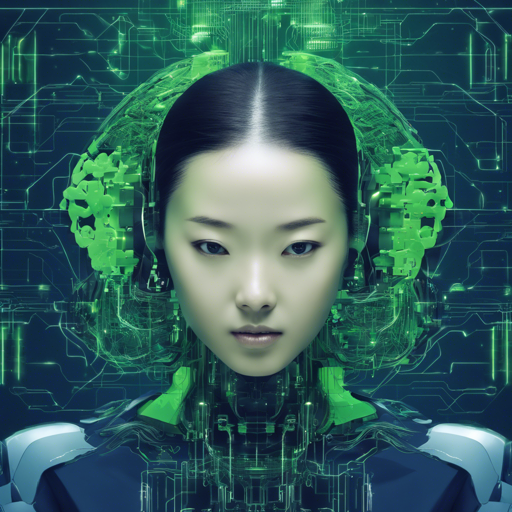With the rapid advancements in artificial intelligence, the ability to work with diverse data types is essential. The CLIP-Vit-Bert-Chinese pretrained model allows us to combine image and text processing in a Chinese context. This article walks you through the usage of this model and provides troubleshooting tips to ensure a smooth implementation.
Getting Started
Before diving into the technical details, let’s set the stage. Imagine you’re a chef combining different ingredients to create a perfect dish. In our analogy, the CLIP-Vit-Bert-Chinese pretrained model acts like a versatile cookbook that allows you to blend images and text effectively. Just as recipes provide steps to achieve a delicious outcome, this guide will lead you through the setup and usage of the model.
Setting Up the Environment
First, let’s put our ingredients together. Follow these simple steps:
- Clone the repository:
- Install the necessary requirements:
git clone https://github.com/yangjianxin1/CLIP-Chinesepip install -r requirements.txtUsing the Model
Now that our ingredients are ready, let’s cook up something wonderful. Here’s how to use the CLIP-Vit-Bert-Chinese model:
- Import the necessary libraries:
- Set the model name:
- Load the model:
- Initialize the processor:
- Process an image:
- Run the model and obtain the results:
from transformers import CLIPProcessor
from component.model import BertCLIPModel
from PIL import Image
import requestsmodel_name_or_path = "YeungNLP/clip-vit-bert-chinese-1M"model = BertCLIPModel.from_pretrained(model_name_or_path)processor = CLIPProcessor.from_pretrained(model_name_or_path)Let’s say you have an image of a delicious dumpling to analyze. Here’s how you can process it:
url = "http://images.cocodataset.org/val2017/00000039769.jpg"
image = Image.open(requests.get(url, stream=True).raw)
inputs = processor(text=["Chinese dumpling"], images=image, return_tensors='pt', padding=True)
inputs.pop('token_type_ids')outputs = model(**inputs)Understanding the Code: An Analogy
To dissect the code, think of it as a team of chefs in a kitchen:
- Each chef (imported module) has a specific role: some handle images, while others work with texts.
- Each ingredient (model settings and processor) is prepped to work together seamlessly.
- The cooking process (running the model) combines everything into a delightful meal (the output).
- Finally, you taste the meal (evaluate the output) to determine its success!
Troubleshooting Tips
If you encounter any issues, here are a few troubleshooting ideas:
- Ensure that your internet connection is stable when downloading the model and dependencies.
- Check if the required libraries are properly installed. You can reinstall them if necessary.
- Make sure the image URL is correct and accessible; otherwise, replace it with a working link.
- For more insights, updates, or to collaborate on AI development projects, stay connected with fxis.ai.
Conclusion
As we wrap up, remember that the CLIP-Vit-Bert-Chinese model opens doors to innovative applications by harmonizing image and text analysis. With a little practice, you will harness the full potential of this model, much like a chef mastering a complex recipe.
At fxis.ai, we believe that such advancements are crucial for the future of AI, as they enable more comprehensive and effective solutions. Our team is continually exploring new methodologies to push the envelope in artificial intelligence, ensuring that our clients benefit from the latest technological innovations.

